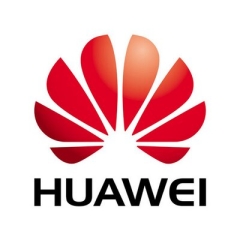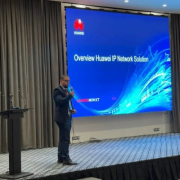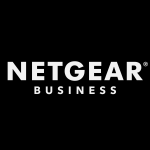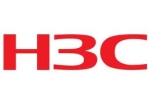What is our primary use case?
Huawei Ethernet Switches can be useful for a lot of things, including office deployments, and since most of our company's clients use them for build and test purposes and other things.
What needs improvement?
The licensing cost attached to the solution is atrocious, so from an improvement perspective, it should be made cheaper.
The upgrade of firmware for devices from Huawei is very hard, but it is not much of a shortcoming. If you don't pay for the license, you will not get the firmware upgrade. When there is new firmware available, a user needs to upgrade it with the help of a manual, which may seem a bit weird and hard to achieve.
For how long have I used the solution?
I have been using Huawei Ethernet Switches since 2016. My company has a partnership with Huawei.
What do I think about the stability of the solution?
It is a very stable solution. Stability-wise, I rate the solution an eight out of ten.
Ultimately, Huawei Ethernet Switches is a machine, and it does give some trouble at times.
What do I think about the scalability of the solution?
It is a very scalable and nice solution, especially when you compare it with other devices in the market.
How are customer service and support?
Though the networking team in my company has contacted Huawei's technical support team, I have never reached out to them personally.
Which solution did I use previously and why did I switch?
In the past, I have used switches from HPE, and though I have some experience with the replacement process, I don't remember the exact name of the HPE switches I dealt with, but I remember that it was not a very pleasant experience using them. I also have experience with switches from Cisco and Arista Networks. Switches from Arista Networks were complex for me, as it was very hard for me to understand what was going on with it. Out of all the products that I have used, Cisco and Huawei were the best choices.
How was the initial setup?
The product's initial setup phase was very complex.
I don't have any idea about the time needed for the deployment since I am the kind of person who mostly likes to get the job done by myself. I would only reach out to the product's support team if I couldn't do something by myself.
The solution is deployed on an on-premises model.
There are around 200 people involved in networking stuff in my company to take care of the deployment and maintenance phases of the solution, but currently, the numbers are getting smaller, and people are able to manage the product by themselves, making it a very stable solution compared to the other tools in the market.
What about the implementation team?
During the installation phase, my company dealt directly with Huawei. Huawei helps our company with the deployment process.
What's my experience with pricing, setup cost, and licensing?
The licensing costs depend on the negotiations that a user has with Huawei. The support provided by Huawei is very responsive, and at times, they visit and provide on-site help to users. The support by Huawei is different from how other products offer support to users since most of them provide help through phones while Huawei provides on-site support to users. There is a need to make some additional payments apart from the licensing costs attached to the solution.
What other advice do I have?
The product has a lot of offerings, but it all depends on the needs of the user. I would not be able to speak about the product solution provided by Huawei. If you look around, then you may find a solution that may fit your requirements.
I rate the overall product an eight out of ten.
Which deployment model are you using for this solution?
On-premises
Disclosure: My company does not have a business relationship with this vendor other than being a customer.




















